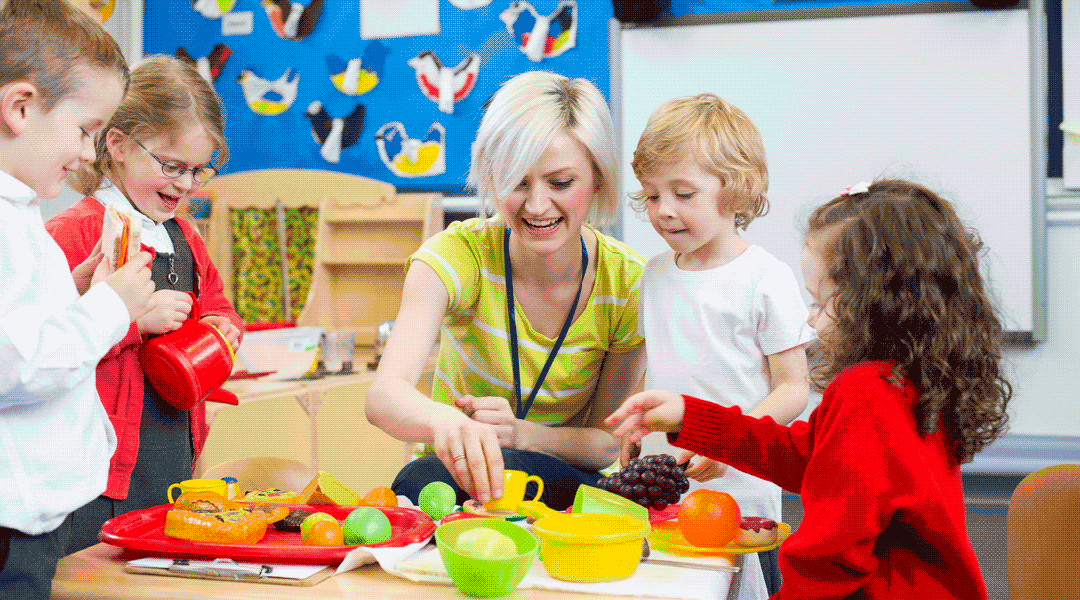
For children, playing is the best study. From babbling infancy to chattering preschool age, exercise ability and logical thinking ability can be improved through playing.
Today, Clove’s mother invited Chang Run, a teacher with 8 years of kindergarten teaching experience, to teach everyone how to choose and play toys for babies aged 0-6.
Many parents don’t know how to buy what toys for their babies, so I will recommend some toys suitable for 0 ~ 6 babies and tell everyone how to play best at different ages.
Sand water, natural and perceptual toys
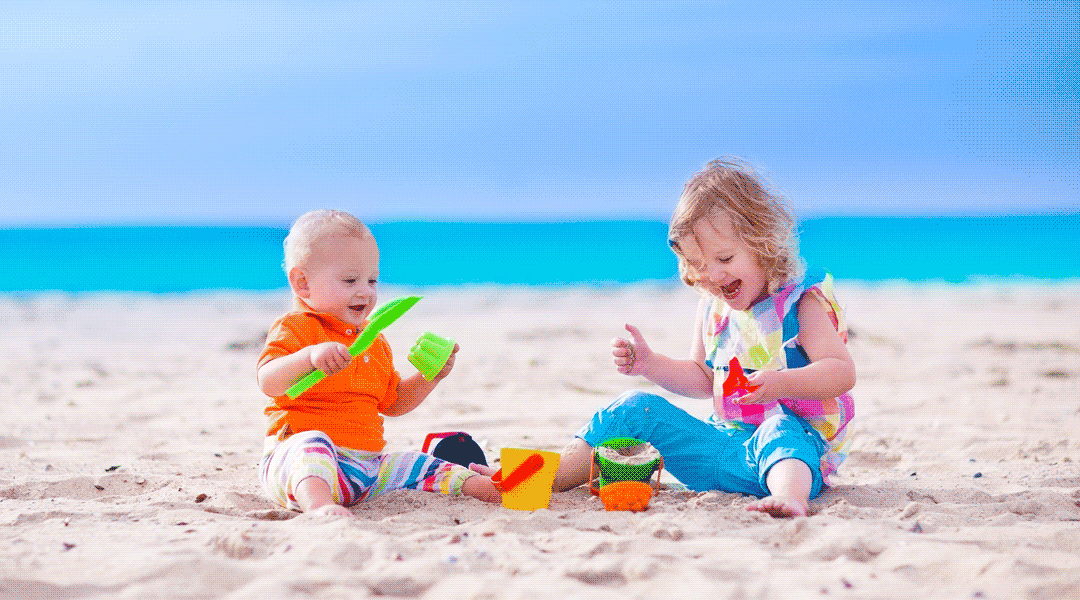
Mud, sand, water, snow, corn kernels, rice, oiled flour and so on are all [the best toys].
This kind of toy can be seen everywhere in kindergarten classes in the United States. It not only enables children to get the most sensory experience, but also has openness and no fixed play method. Children can exert their imagination and creativity indefinitely and never tire of playing.
Play at different ages:
0 ~ 3 years old:
-
Play with water. Add sponges, colander, spoon, mineral water bottle, plastic cup, funnel and other water toys.
3-5 years old:
-
Natural materials such as sand, dry corn kernels and rice are introduced. Adults should pay attention to accompanying them and tell children how to explore these materials safely.
5-6 years old:
-
Simply exploring is not fun enough. Parents introduce materials with higher plasticity, such as mud and tin foil, to satisfy their children’s ideas of building cities, canals, boats, etc.
Building blocks, building toys
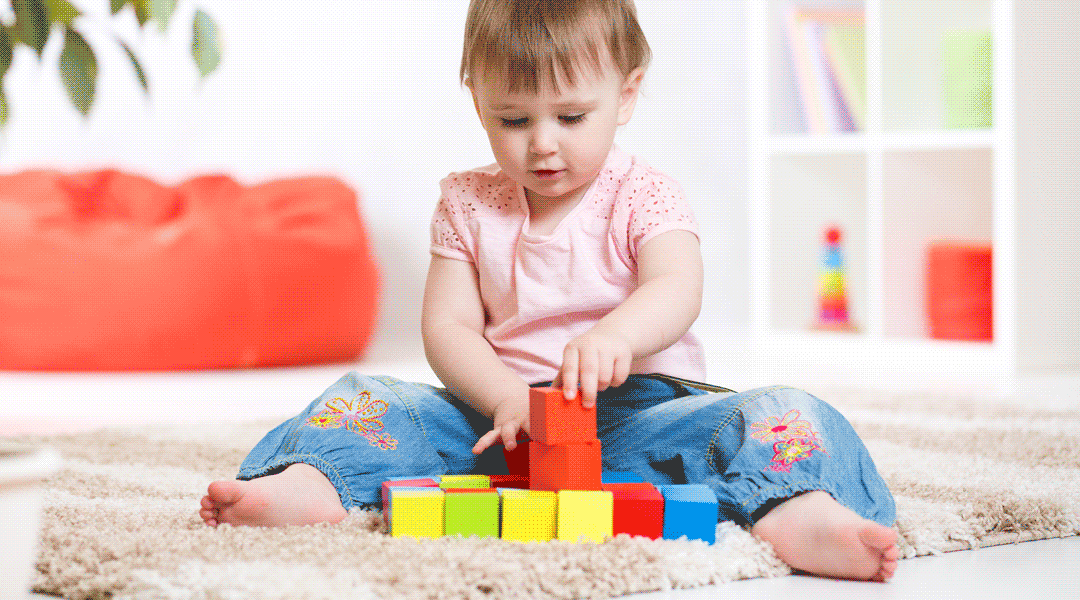
Building blocks is very beneficial to children’s spatial imagination, creativity and the development of anti-setback ability.
The American Association of Preschool Education requires that the class construction area should have at least three building blocks made of different materials, and should also be equipped with operable characters and animals for children to join in the building to play imagination games.
Among them, there are 3 kinds of toys that I recommend most and are also most popular with children, namely solid color building blocks, Lego toys and magnetic plates.

Play at different ages:
6 ~ 12 months:
- Simple perception, touching with hands and biting with mouth to sense building blocks; Put it in and take it out. Put the building blocks one by one into the napkin box, pour them out and play again and again.
12 ~ 18 months:
- Dismantling and pushing. Parents take their children apart, or parents build high building blocks and children tear down and play repeatedly. Try to build it. Gradually, the children and their parents build it together and push it down together.
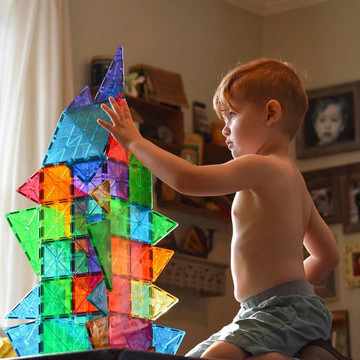
1.5 ~ 3 years old:
- Tile, children began to be able to tile building blocks into a shape; The base is high and a row of tall buildings is built. Build a tower. After you are skilled in building a tower, you will start to build a tower, such as building a wall and a gun with Lego. Imagine putting the building blocks in the big truck and playing with the goods.
3 ~ 4 years old:
- To surround or surround a closed yard, house, garage; Imagine, join small people or cars to play imaginary games.

4 ~ 5 years old:
-
Use small building blocks for more difficult gathering and imagination. Accompanied by adults, use more tools (such as glue guns and cement powder) to build more complicated shapes of cardboard and wooden strips, such as spacecraft, overpasses, airports, etc.
5-6 years old:
-
Add rules and create new games. For example, use Lego to build a maze for others to walk through.
Jigsaw puzzles, problem solving toys

Jigsaw puzzles are very helpful to develop children’s problem-solving ability, concentration and thinking ability. However, due to the variety, children’s interests, small animals or cars should be taken into account when choosing. The design should be as good as it is.
Too difficult or too simple, children are easy to lose interest. The difficulty can be adjusted from these aspects.
Number of blocks: from less to more;
Material: Suitable for wooden jigsaw puzzles under 5 years old;
Types: from pairing type (0 ~ 2 years old) to splicing type (2 ~ 6 years old);
Auxiliary information: from the beginning of the corresponding pattern on the bottom plate (0 ~ 3 years old), the bottom plate is blank (3 ~ 6 years old).
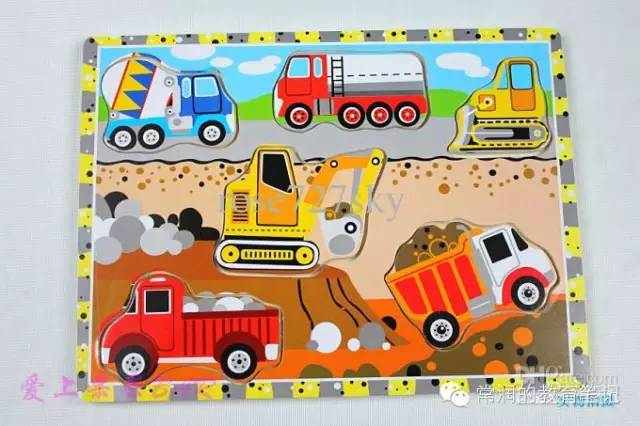
Play at different ages:
0 ~ 1 year old:
- Touch, see, throw, simply perceive; Match the matching jigsaw puzzle one by one to the original position, but it cannot be put in because the angle is wrong. Parents don’t have to correct their children, they can put one, you can put one, and demonstrate when you put it.
1 ~ 3 years old:
- Pour out the matching jigsaw puzzle, put it back one by one, and play intently. Parents can talk more with their children according to the patterns on the jigsaw puzzle, such as when the child picks up the lamb [lamb, baa baa… it says baby hello! ] When the child is almost out of interest, you can suggest other ways to play. For example, pour out 3 or 4 pieces of animal jigsaw puzzle, tell the baby their names together, and then the mother hides one piece so that the baby can guess which small animal is missing. Or you can change roles, the mother closes her eyes and the baby hides one piece.
3-5 years old:
-
Play the jigsaw puzzle with your favorite patterns, starting from 4 pieces, to 12 pieces, 20 pieces and 25 pieces gradually increasing.
5-6 years old:
-
Play more jigsaw puzzles and other games that require problem solving and concentration, such as dominoes with organs.
Role-playing toys
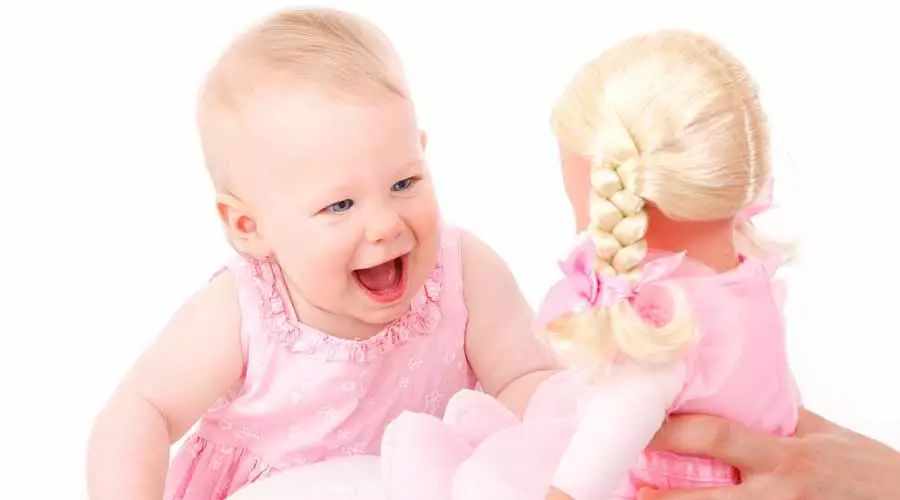
Role-playing games are also called pretend games. Many parents will think that this is a game played by girls, but boys also need it very much. In pretend games, children need to learn to control themselves and constantly communicate, negotiate and cooperate with others in language.
Play at different ages:
1.5 ~ 3 years old:
-
Dolls, simulated food, simulated kitchen utensils that children can hold with four fingers, kitchen toys, etc.
3-5 years old:
-
Doctor toy sets, plasticine and tools, cash register toys, etc.
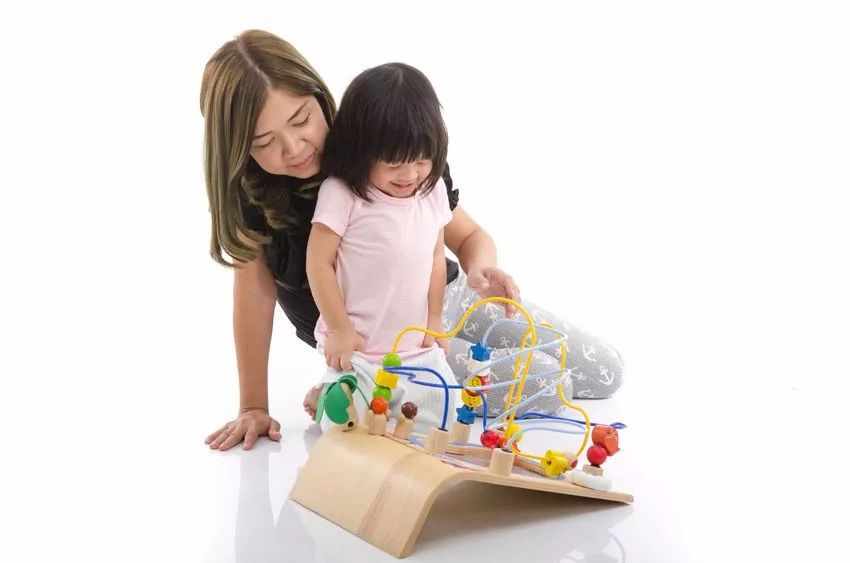
For children aged 1-5, parents can demonstrate the social skills of multiplayer games:
- [Can I come in and play with you (demonstrate how to join a game)] When taking the thing next to the baby, I asked [Are you playing with this thing? ] When the baby takes something in your hand, tell her: [Oh, I’m not finished yet, I’ll give it to you when I’m finished] Parents can also add digital cognition when appropriate. For example, ask the child: [My grapefruit tea requires 2 tablespoons of honey, can you add 2 tablespoons of honey for me? [Or [we don’t have spoons yet, let me count, how many of us need spoons, 1, 2, 3, 4…]
In fact, there is another best toy, which is the company of parents.
Parents should not only choose fun and nutritious toys, but also resist the desire of [direct teaching] and inspire their children to explore independently. Good company can make a simple toy have endless fun!
